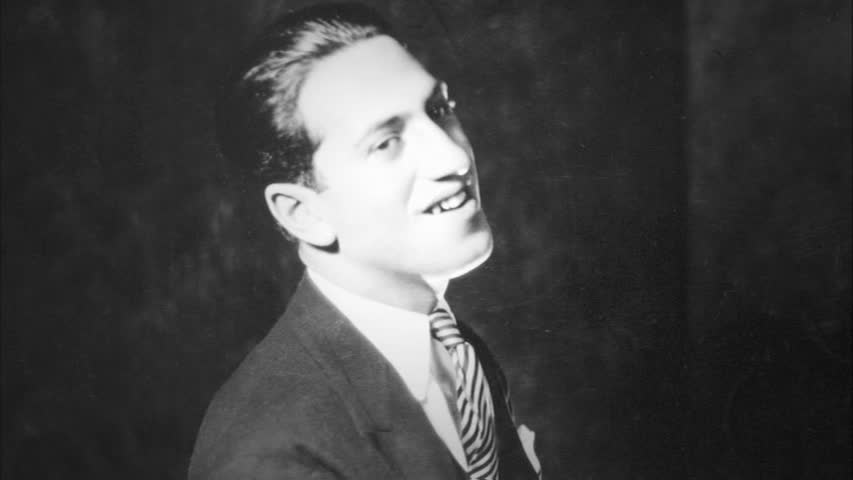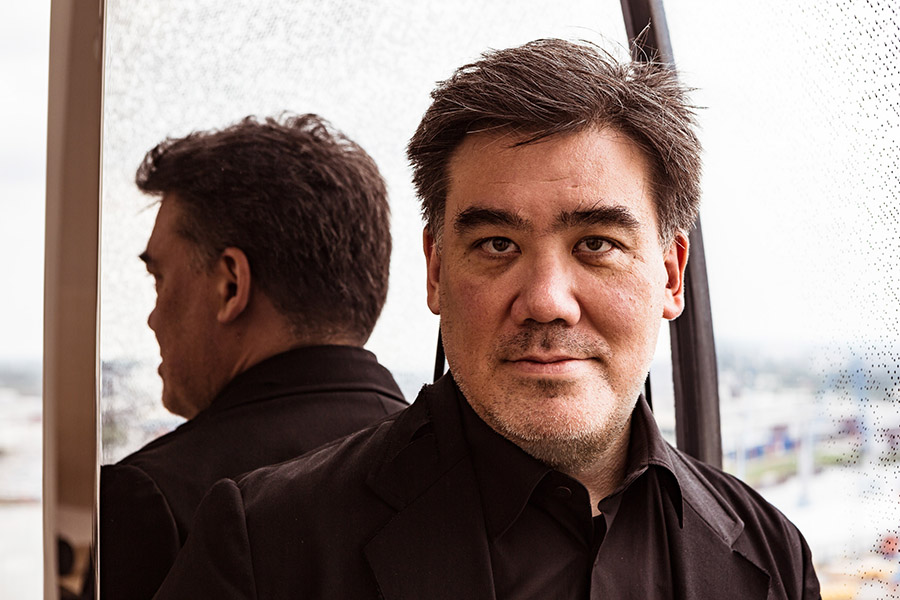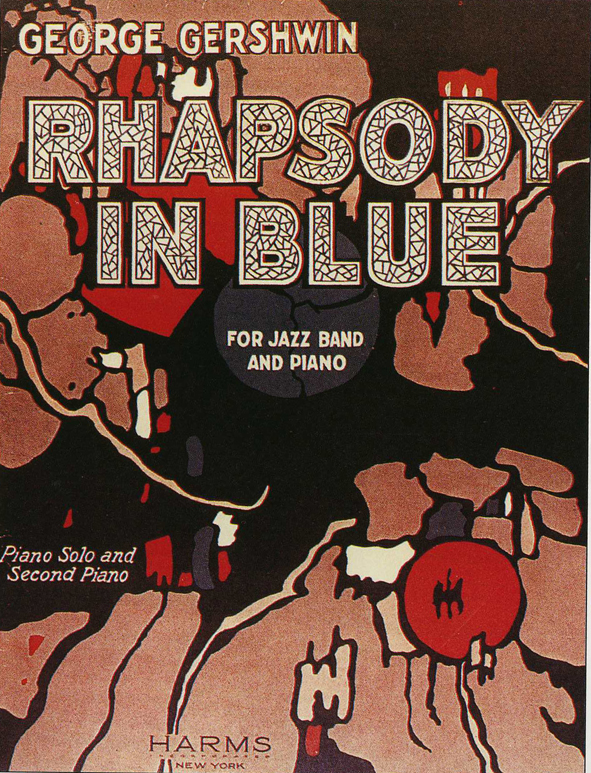This week’s online performance from the Concertgebouw Orchestra in Amsterdam focuses on the music of New York, as Alan Gilbert leads an all-Gershwin programme with pianist Stefano Bollani as soloist in Rhapsody in Blue. Also featured in the programme are Gershwin’s Cuban Overture and Catfish Row – the orchestral suite from Porgy and Bess.
New Yorker Alan Gilbert is perfectly suited to bring the music of his home city to Amsterdam, having recently completed an eight-year tenure as Music Director of the New York Philharmonic – the first native New Yorker to hold the post. Grammy Award-winning conductor Gilbert – described by the New York Times as “The real thing. A deeply musical conductor.” – is also Chief Conductor of the NDR Elbphilharmonie Orchestra in Hamburg, Music Director of the Royal Swedish Opera, Conductor Laureate of the Royal Stockholm Philharmonic Orchestra and Principal Guest Conductor of the Tokyo Metropolitan Symphony Orchestra.
He is a frequent guest conductor for some of the world’s major orchestras and opera companies, and has led a number of live-streamed performances during the COVID-19 lockdown. Maestro Gilbert was elected to the American Academy of Arts & Sciences in 2014, and has been named an Officier de l’Ordre des Arts et des Lettres by the French government. He gave the 2015 lecture for London’s Royal Philharmonic Society during the New York Philharmonic’s European tour, and received a 2015 Foreign Policy Association Medal for his commitment to cultural diplomacy.
Can one ever think of George Gershwin without his fabulous Rhapsody in Blue coming to mind – the piece which he wrote when bandleader Paul Whiteman gave him just three weeks in which to compose something for a concert he was organising with his Palais Royal Band, in New York?
Originally called American Rhapsody, Gershwin changed the title at the suggestion of his brother, Ira, who had seen Whistler’s painting of the River Thames at Chelsea, entitled Nocturne in Blue and Green. Rhapsody in Blue, Ira felt, would reflect both European and American influences, and he also suggested that George should offset the syncopated character of the main theme with a romantic one which he’d previously improvised at a party. Ferde Grofé, Whiteman’s brilliant arranger, orchestrated the work to match the line-up of the band, and Rhapsody in Blue, with the composer as soloist, premiered at the Aeolian Hall on February 12th, 1924, introducing a new era in American music.
The soloist in this Concertgebouw performance is Italian pianist Stefano Bollani – an artist equally at home performing in a jazz club as he is in a major concert hall. Composer, writer, playwright, TV host, radio personality and recording artist, Stefano Bollani is the recipient of numerous awards and honours, and has appeared in venues as diverse as the Umbria and Montreal International jazz festivals, New York’s Town Hall, La Fenice in Venice, the Barbican in London, Salle Pleyel in Paris and La Scala, Milan.
As a jazz musician he has worked with artists of the calibre of Enrico Rava, Phil Woods, Chick Corea, Bill Frisell, Chucho Valdés and Gonzalo Rubalcaba. As a classical artist, he has appeared with the Leipzig Gewandhaus Orchestra, Toronto Symphony Orchestra, Danish National Symphony Orchestra, Orchestre de Paris, Orchestre National de Lyon, Filarmonica della Scala of Milan, Santa Cecilia of Rome, as well as the Concertgebouw. He has recently formed a strong bond with the music of South America – and Brazil in particular – recorded with a number of Brazilian artists, and was only the second musician in Brazilian history – after Antonio Carlos Jobim – to play a grand piano in a favela in Rio de Janeiro.
Gershwin’s Cuban Overture was inspired by the music he heard during a holiday in Havana in 1932. Intended as a short, impressionistic piece, to give a flavour of Cuban rhythms to Americans who had not visited the island, he took a set of Cuban musical instruments back home with him, to enhance the experience.
Catfish Row is a suite of music from the only opera which George Gershwin wrote – Porgy and Bess. This opera, composed in 1935, was a work very close to his heart, and he devised the five-movement orchestral suite to ensure the longevity of the music. The suite was performed at a number of concerts conducted by Gershwin, but after his tragic death in 1937, it disappeared from the repertoire of American orchestras, replaced by a work, Symphonic Picture, prepared by his friend, Robert Russell Bennett. It wasn’t until 1958 that the original manuscript was found in Ira Gershwin’s home. He renamed it Catfish Row, and it has once again taken its place in the concert hall, together with the piece by Bennett.
Alan Gilbert leads the Concertgebouw Orchestra in an all-Gershwin programme which will be streamed on Friday, 5th March at 8.00 pm CET on the Concertgebouw website, on Facebook and on YouTube, and will be available for one week after the initial stream.
Information sourced from:
Concertgebouw Orchestra programme notes
George Gershwin
Artists’ websites



